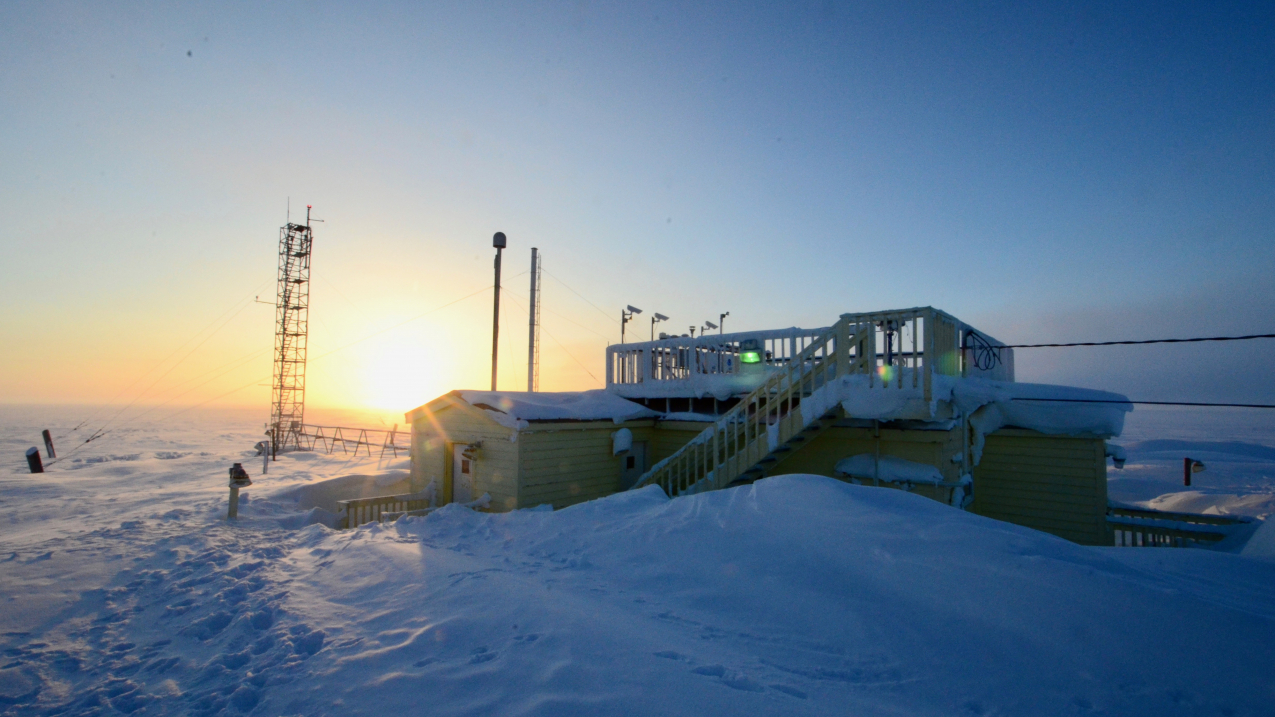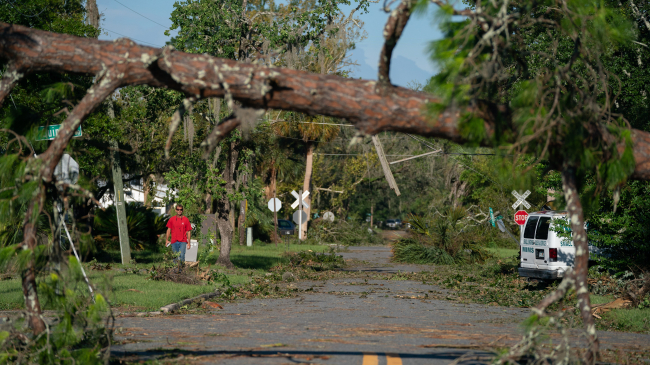The warming influence from long-lived greenhouse gases rose again in 2017, reflecting ongoing changes to the atmosphere associated predominantly with human activities, NOAA scientists announced today.

NOAA's Barrow Atmospheric Baseline Observatory is one of more than 50 sites around the world where NOAA and partners collect air samples for high precision analysis. These data are used to measure the direct warming influence of greenhouse gases on the climate. (Image credit: NOAA)




